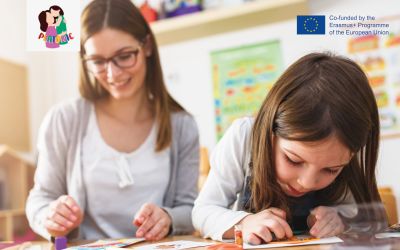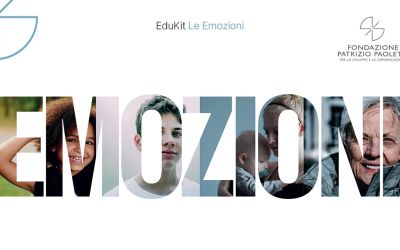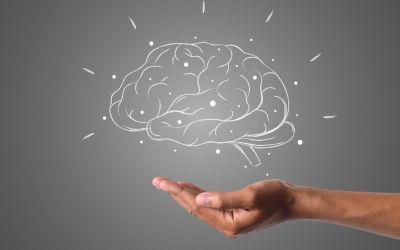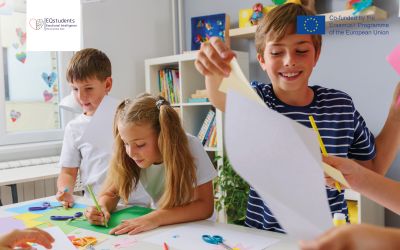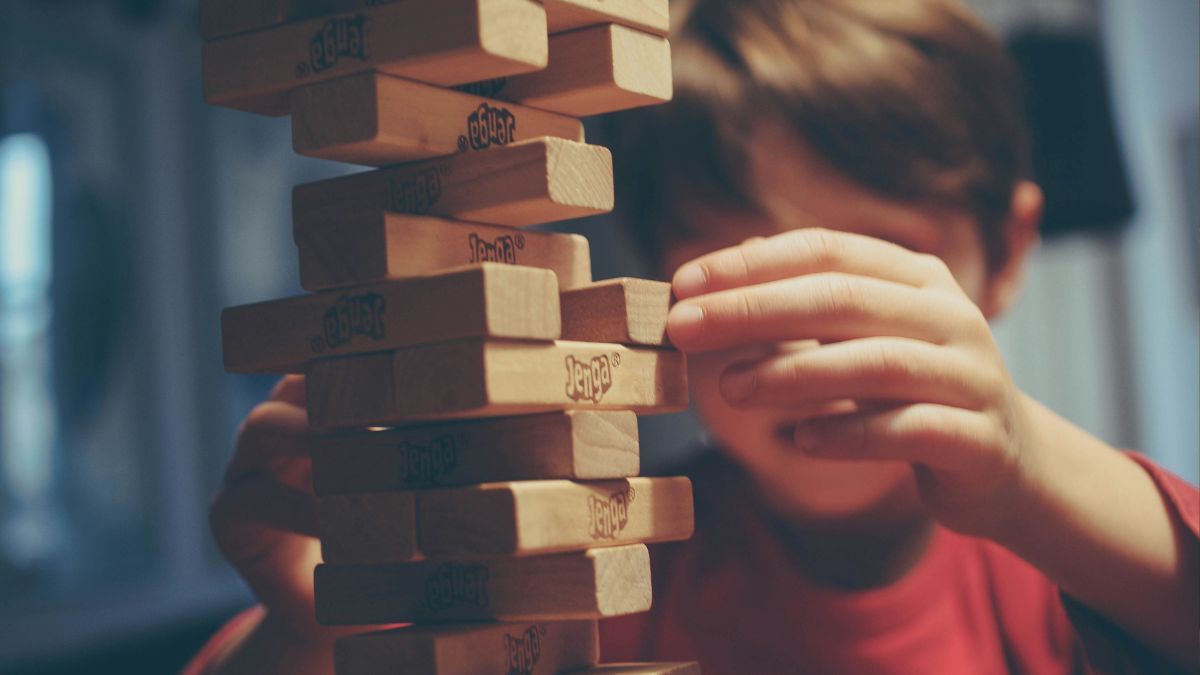
Play and Brain Development
A Pathway to Health and Learning
Since Neumann’s “Game Theory” was used in the 1940s to explain human behavior in fields such as economics, politics and biology, it has become increasingly clear that play is not just a form of entertainment for children and adults. Instead, play is a crucial element in the development and nurturing of brain function. Neuroscience shows how play profoundly influences learning, curiosity and brain plasticity, contributing to physical and mental well-being.
Play and Learning
A special role was already reserved for play in pedagogy by the great pedagogue Maria Montessori, who did not see traditional play as the main tool for learning. She promoted structured “activities” designed to develop specific skills and knowledge in children. These activities, often perceived as play by children, are meant to be self-directed and intrinsically motivated. Montessori argued that when children have the freedom to choose and engage in these carefully prepared activities, they learn through their work, which is their “play”. Essentially, Montessori’s concept of “work” is adult play, a means through which children explore and understand the world.Gamification and the reward system in the brain
Play is a powerful catalyst for learning. It allows activating a dynamic of recognition and reward, while escaping the typical evaluation process with its potential side effects. Through play, children explore the world, learn to solve problems, and develop linguistic and mathematical skills in ways that formal contexts struggle to replicate. Adults can also benefit from play to improve memory and learning ability. Play activities stimulate the brain to form new neural connections, facilitating the acquisition and retention of information.For these reasons, the process of gamification is applied in many formal and informal learning contexts today. The gamification process in learning is particularly effective from a neuroscientific perspective because it exploits the brain mechanisms related to reward and pleasure. When people complete challenges or achieve goals in a game context, the brain releases dopamine, a neurotransmitter associated with pleasure and motivation. This not only makes learning more engaging and fun but can also improve memory and information assimilation, as positive experiences tend to be more easily remembered and reinforced over time.
BRAIN PLASTICITY A new vision of the brain
Fill out the form
"*" indicates required fields
and watch the video now
Curiosity, exploration, and brain plasticity
Play encourages curiosity and exploration, fundamental components of critical thinking and innovation. Through free play, both children and adults develop greater autonomy in discovery and investigation, leading them to ask questions and seek answers. This continuous stimulus keeps the brain active and predisposed to lifelong learning. One of the most fascinating aspects of play is its ability to influence brain plasticity, the brain’s ability to change and adapt in response to experiences. Play can help prevent cognitive decline in the elderly and promote recovery following brain injuries. Activities that challenge the brain, such as puzzles, strategy games, and learning new skills, are particularly effective in keeping the brain young and agile.Mental and Physical Health
Play has significant benefits for mental health as well. It reduces stress, combats depression, and increases overall happiness. Physical play, such as sports, improves cardiovascular health, strength, and flexibility. Additionally, constructive and social play enhances interpersonal relationships and communication skills, vital elements for a healthy and functional society.The importance of play goes far beyond simple pastime. It is an essential component for the development and maintenance of brain and general health. Promoting playful activities at all stages of life can contribute to a healthier, happier, and more innovative society. The challenge is to recognize and implement play as a tool for personal and collective development, ensuring that everyone can enjoy its benefits. These are the pedagogical principles applied at AIS – Assisi International School, the Montessori and PTM-based school of the Patrizio Paoletti Foundation. Discover here the latest school activities.
- Csikszentmihalyi, M. (1990). *Flow: The psychology of optimal experience*. Harper & Row.
- Gazzaniga, M. S., Ivry, R. B., & Mangun, G. R. (2018). *Cognitive neuroscience: The biology of the mind* (4th ed.). W. W. Norton & Company.
- Kapp, K. M. (2012). *The gamification of learning and instruction: Game-based methods and strategies for training and education*. Pfeiffer.
- Montessori, M. (2000). La mente del bambino. Milano: Garzanti.
- Zull, J. E. (2002). *The art of changing the brain: Enriching the practice of teaching by exploring the biology of learning*. Stylus Publishing, LLC.
- Photo by Michał Parzuchowski su Unsplash
Be part of the change. Responsibly sharing content is an act of sustainability.
Let's train emotional intelligence: what emotion does this article arouse in you?


